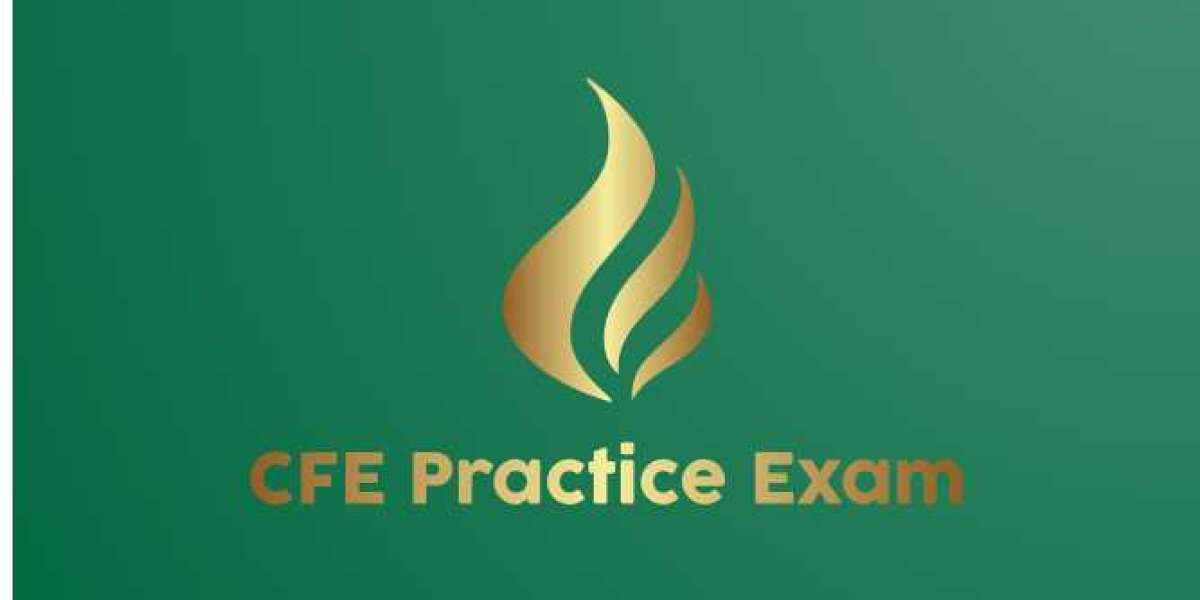Understanding the CFE Exam Structure
Before diving into specific study strategies, it's essential to understand the CFE Exam's structure and format. Knowing what to expect will help you tailor your preparation plan.
The CFE Exam is broken into four sections:
- Financial Transactions and Fraud Schemes: This section tests your knowledge of financial statements, various fraud schemes, and their detection.
- Law: This part examines your understanding of legal concepts related to fraud, including rules of evidence, rights of individuals, and different legal frameworks.
- Investigation: This section focuses on investigative techniques, interviewing CFE Practice Exam methods, and evidence collection.
- Fraud Prevention and Deterrence: This part assesses your knowledge of risk management, fraud prevention strategies, and ethical standards.
Each section contains multiple-choice questions designed to test both your theoretical knowledge and practical understanding of fraud prevention and detection.
Why You Need a CFE Practice Exam
Taking the CFE Practice Exam is one of the best ways to prepare for the real exam. It helps in the following ways:
- Identify Strengths and Weaknesses: Practice exams allow you to pinpoint areas where you're strong and areas where you need improvement.
- Simulate the Exam Experience: The practice exam simulates the format and pressure of the real CFE Exam, helping you get accustomed to the testing environment.
- Reinforce Knowledge: By repeatedly answering questions on the CFE Practice Exam, you reinforce the key concepts and topics essential for passing the actual exam.
- Boost Confidence: Regularly taking practice exams boosts your confidence, making you more comfortable when sitting for the official CFE Exam.



